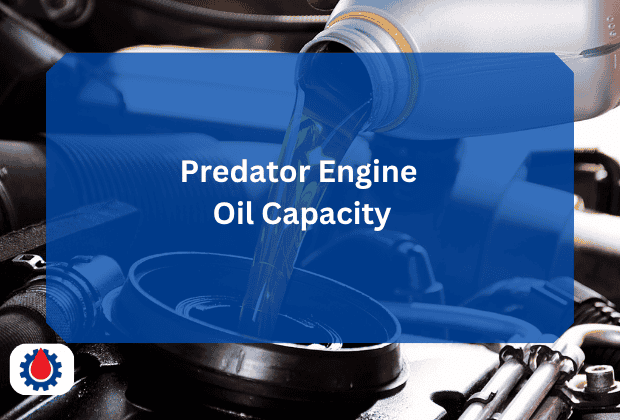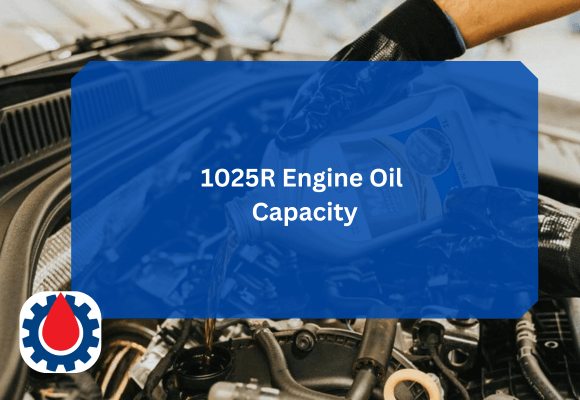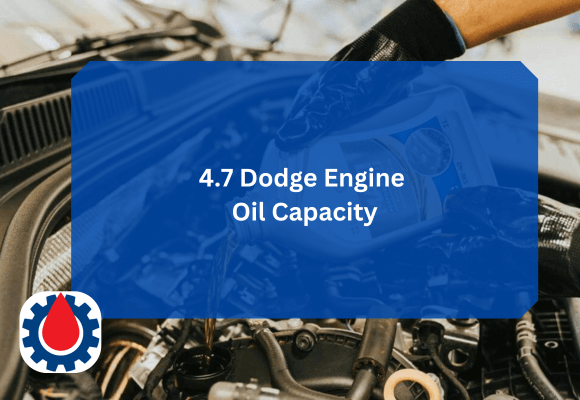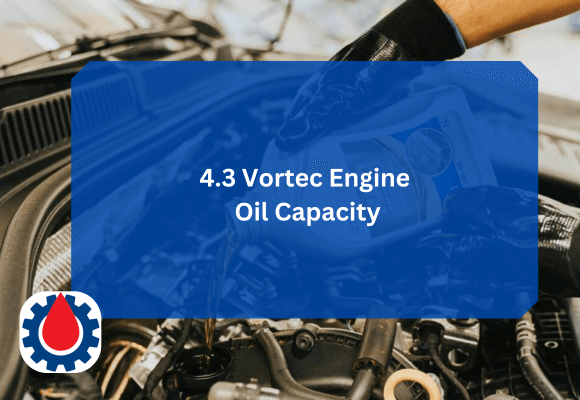One of the most crucial steps in engine maintenance is using the right type and amount of oil. In this guide, we’ll cover the oil capacity for nearly every Predator engine model on the market. Let’s jump in.
Predator Engine Oil Capacity
| Predator Engine Model | Displacement (cc) | Application | Oil Capacity (US qt) | Oil Capacity (Liters) |
|---|---|---|---|---|
| Predator 79cc | 79 cc | Mini bike, small equipment | 0.37 qt | 0.35 L |
| Predator 99cc | 99 cc | Utility engine, water pumps | 0.4 qt | 0.38 L |
| Predator 123cc | 123 cc | Push lawn mowers (vertical shaft) | 0.5 qt | 0.47 L |
| Predator 159cc | 159 cc | Push mowers, small pressure washers | 0.5 qt | 0.47 L |
| Predator 173cc | 173 cc | Walk-behind lawn mowers | 0.6 qt | 0.57 L |
| Predator 212cc (Hemi) | 212 cc | Go-karts, minibikes, generators | 0.5 qt | 0.47 L |
| Predator 212cc (Non-Hemi) | 212 cc | Go-karts, minibikes, generators | 0.5 qt | 0.47 L |
| Predator 224cc | 224 cc | Kart racing, minibikes | 0.6 qt | 0.57 L |
| Predator 270cc | 270 cc | Pressure washers, larger karts | 1.1 qt | 1.04 L |
| Predator 301cc | 301 cc | Wood chippers, commercial equipment | 1.16 qt | 1.1 L |
| Predator 346cc | 346 cc | Generators, high-demand applications | 1.16 qt | 1.1 L |
| Predator 389cc | 389 cc | Generators, power equipment | 1.16 qt | 1.1 L |
| Predator 420cc | 420 cc | Generators, pumps, high-torque engines | 1.16 qt | 1.1 L |
| Predator 4375W Generator | 212 cc | Portable generator | 0.5 qt | 0.47 L |
| Predator 5000W Generator | 212 cc | Inverter generator | 0.5 qt | 0.47 L |
| Predator 5500W Generator | 301 cc | Standard generator | 1.1 qt | 1.04 L |
| Predator 6500W Generator | 301 cc | Medium-duty generator | 1.1 qt | 1.04 L |
| Predator 8750W Generator | 420 cc | Heavy-duty generator | 1.16 qt | 1.1 L |
| Predator 9000W Generator | 420 cc | Large generator | 1.16 qt | 1.1 L |
| Predator 9500W Inverter | 459 cc | Inverter-style generator | 1.16 qt | 1.1 L |
| Predator 13 HP Engine | 420 cc | Commercial & utility applications | 1.16 qt | 1.1 L |
| Predator 15 HP Engine | 459 cc | High-performance horizontal shaft engine | 1.16 qt | 1.1 L |
| Predator 212cc Wood Chipper | 212 cc | Chipper Shredder | 0.5 qt | 0.47 L |
| Predator 6.5 HP Water Pump | 212 cc | Water pump | 0.5 qt | 0.47 L |
| Predator 3″ Water Pump | 212 cc | General-purpose pump | 0.5 qt | 0.47 L |
| Predator 1″ Clear Water Pump | 79 cc | Utility water pump | 0.37 qt | 0.35 L |
| Predator 2″ Semi-Trash Pump | 212 cc | Debris-tolerant water pump | 0.5 qt | 0.47 L |
| Predator 3″ Trash Pump | 301 cc | High-volume trash pump | 1.1 qt | 1.04 L |
| Predator 8 HP Engine | 301 cc | Chipper, water pump, commercial utility | 1.1 qt | 1.04 L |
Related Best Motor Oil for Small Engines(Top 5 Best 2025)
Best Oil Type for Predator Engines
For most Predator engines:
- SAE 10W-30 is ideal for general use.
- Use SAE 30 for warmer climates (above 40°F or 4°C).
- In cold temperatures, 5W-30 may be preferred.
Click on the Links below to Check the Latest Price on Amazon
1. Mobil 1 10W-30 Synthetic Motor Oil
- Full synthetic formula for excellent wear protection
- Great for high-temperature and heavy-duty use
- Helps keep the engine clean and extend life
2. Royal Purple SAE 10W-30 High Performance Synthetic Oil
- Superior corrosion protection and oxidation stability
- Reduces engine wear and friction
- Ideal for small engines under heavy loads
3. Briggs & Stratton SAE 30W Engine Oil
- High-quality conventional oil for warm weather use
- Recommended for small air-cooled engines
- Affordable and trusted for outdoor equipment
Related Generator Engine Oil(Top 5 BEST Picks 2025)
How to Check and Add Oil to a Predator Engine
- Place the Engine on a Level Surface: Ensure the unit is off and cooled down.
- Locate the Oil Fill Cap: Usually marked and located on the engine’s crankcase side.
- Unscrew the Dipstick or Plug: Wipe it clean and reinsert it to check the oil level.
- Add Oil if Needed: Slowly pour in oil, checking frequently to avoid overfilling.
- Do Not Overfill: Stop once it reaches the full line or just at the threads (depending on the model).
Related Mercruiser Engine Oil(Top 5 Best Picks 2025)
Tips for Changing Oil
- First oil change: After the first 5 hours of use.
- Routine changes: Every 25–50 hours of operation, or at least once per season.
- Always change the oil when it looks dirty or milky.
- Dispose of used oil properly at local recycling centers or auto parts stores.
FAQs
How much oil does a 420cc Predator engine hold?
The 420cc Predator engine holds approximately 1.16 quarts (1.1 liters) of oil. It’s important to check the oil level with the dipstick and avoid overfilling.
How much oil goes in Predator 5000?
The Predator 5000 generator, which typically uses a 212cc engine, requires 0.5 quarts (0.47 liters) of engine oil for proper lubrication.
How much oil does a 79cc Predator engine take?
The 79cc Predator engine holds about 0.37 quarts (0.35 liters) of oil. This compact engine is commonly used in smaller tools and equipment.
What oil is recommended for a Predator engine?
SAE 10W-30 is the most commonly recommended oil for Predator engines in general-use conditions. For warmer temperatures, SAE 30 is preferred, and in colder climates, 5W-30 may be suitable. Always check the manual for your specific model.
How much oil does a Predator 3500 engine hold?
The Predator 3500 inverter generator (212cc engine) holds about 0.6 quarts (0.57 liters) of oil. It’s crucial to check the oil level before each use to prevent engine damage.
What kind of oil does a Predator 13000 take?
The Predator 13000-watt generator (typically equipped with a 670cc V-twin engine) uses SAE 10W-30 oil. It requires about 1.5 to 1.6 quarts (1.4–1.5 liters) per crankcase. Always verify with the manual.
What horsepower is a 420cc Predator engine?
A 420cc Predator engine typically delivers around 13 horsepower (HP). It’s designed for high-demand applications like generators, pumps, and construction equipment.
Final Thoughts
Using the correct oil capacity is a small step that goes a long way toward preserving your Predator engine’s power and lifespan. Make oil checks and changes a regular part of your maintenance routine to avoid costly repairs and ensure reliable performance.




